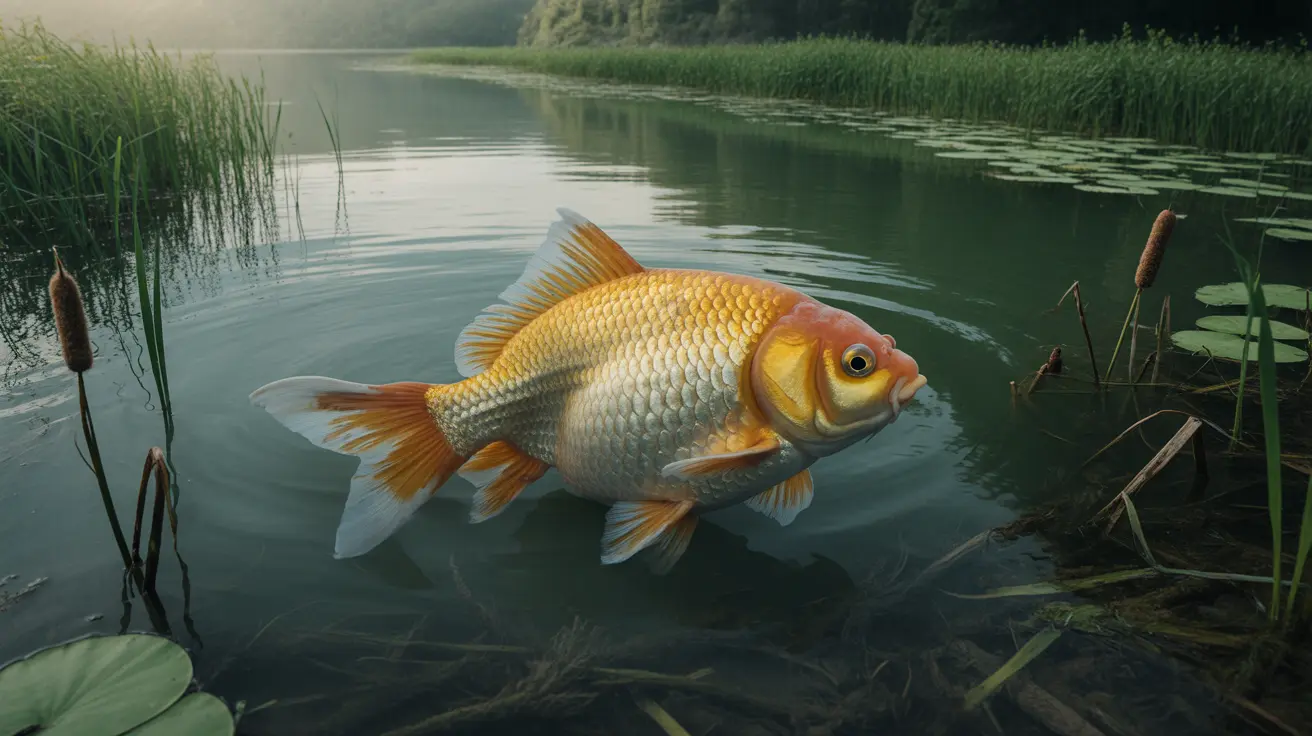The seemingly harmless act of "setting free" a pet goldfish has spawned a critical environmental challenge. These hardy fish not only survive in the wild but thrive, growing to extraordinary sizes and establishing robust populations that outcompete native species for essential resources.
Goldfish Growth in the Wild
In natural waterways, released goldfish undergo a remarkable transformation. Freed from the constraints of home aquariums, these fish can reach startling dimensions, far exceeding their typical pet size. The abundance of space, natural food sources, and optimal conditions in lakes and rivers allows them to achieve their full growth potential.
Goldfish Ecological Damage
The environmental impact of invasive goldfish extends far beyond their physical presence. These fish employ aggressive feeding behaviors that literally reshape their adopted habitats:
- Uproot and destroy native aquatic vegetation
- Increase water turbidity through bottom-feeding
- Release excess nutrients that fuel harmful algae blooms
- Consume eggs and young of native fish species
Goldfish Competition with Native Species
The competitive advantage of invasive goldfish poses a serious threat to local fish populations. Their voracious appetites and adaptable feeding strategies allow them to monopolize food resources, while their rapid reproduction rates enable them to establish dominant populations quickly.
Goldfish Algae Blooms
One of the most concerning consequences of goldfish invasion is the proliferation of algae blooms. As these fish feed, they stir up sediment and release nutrients that promote excessive algal growth. These blooms can:
- Reduce water clarity
- Deplete oxygen levels
- Create toxic conditions for native aquatic life
Prevent Goldfish Release
The key to controlling this crisis lies in prevention. Pet owners must understand that releasing goldfish into natural waters is both environmentally harmful and, in many areas, illegal. Instead, responsible alternatives include:
- Rehoming through local pet stores
- Connecting with aquarium societies
- Consulting veterinarians for humane disposal options
- Participating in pet surrender programs
Frequently Asked Questions
Why are released pet goldfish a threat to local lakes and rivers?
Released pet goldfish grow very large in the wild and compete aggressively with native species for food and habitat, disturbing ecosystems, increasing water cloudiness, and causing algae blooms that harm aquatic life.
How can I safely get rid of a pet goldfish without harming the environment?
Pet owners should never release goldfish into natural waterways. Instead, they can return the fish to pet stores, find responsible rehoming programs, or follow local guidelines for humane disposal to prevent environmental harm.
What ecological damage do invasive goldfish cause in freshwater habitats?
Goldfish uproot aquatic plants while feeding, increase water turbidity, release nutrients that promote harmful algal blooms, consume native fish eggs and invertebrates, and spread diseases that threaten native fish populations.
Conclusion
The invasive goldfish crisis serves as a stark reminder that even small actions can have far-reaching environmental consequences. As responsible pet owners and environmental stewards, we must prioritize proper pet care and disposal methods to protect our natural waterways. By understanding the serious impact of releasing goldfish and choosing responsible alternatives, we can help preserve the delicate balance of our aquatic ecosystems for future generations.






